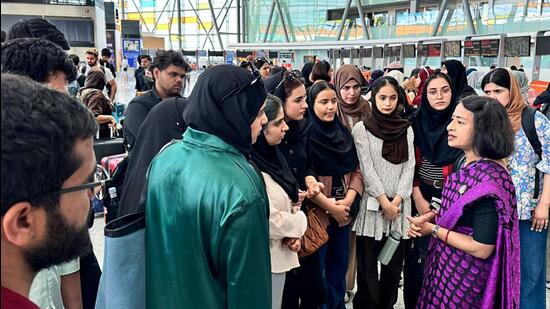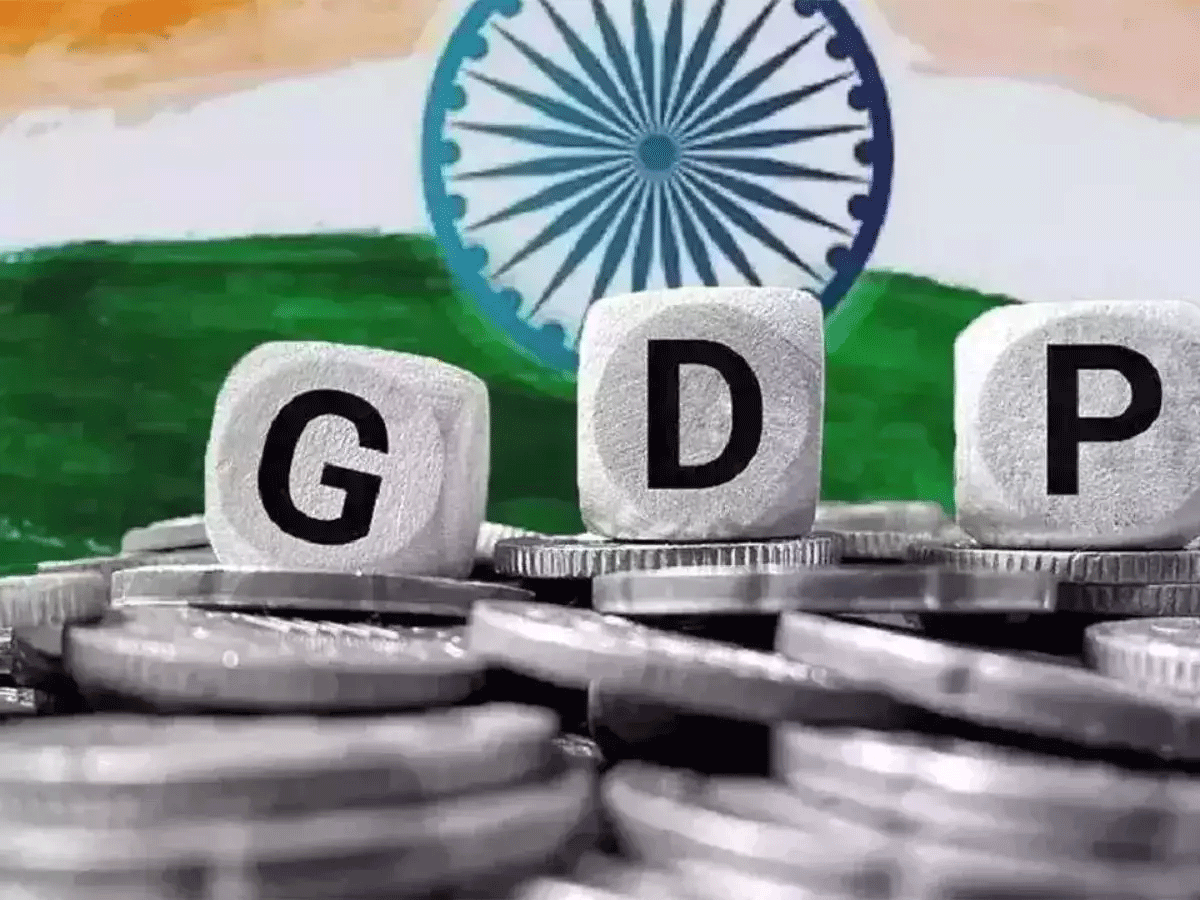- Courses
- GS Full Course 1 Year
- GS Full Course 2 Year
- GS Full Course 3 Year
- GS Full Course Till Selection
- Answer Alpha: Mains 2025 Mentorship
- MEP (Mains Enrichment Programme) Data, Facts
- Essay Target – 150+ Marks
- Online Program
- GS Recorded Course
- Polity
- Geography
- Economy
- Ancient, Medieval and Art & Culture AMAC
- Modern India, Post Independence & World History
- Environment
- Governance
- Science & Technology
- International Relations and Internal Security
- Disaster Management
- Ethics
- NCERT Current Affairs
- Indian Society and Social Issue
- NCERT- Science and Technology
- NCERT - Geography
- NCERT - Ancient History
- NCERT- World History
- NCERT Modern History
- CSAT
- 5 LAYERED ARJUNA Mentorship
- Public Administration Optional
- ABOUT US
- OUR TOPPERS
- TEST SERIES
- FREE STUDY MATERIAL
- VIDEOS
- CONTACT US
WORLD’S LARGEST GRAIN STORAGE
WORLD’S LARGEST GRAIN STORAGE
- In February 2024, PM Shri Narendra Modi has unveiled inaugurated the pilot project of ‘World's Largest Grain Storage Scheme in Cooperative Sector’ in 11 Primary Agricultural Credit Societies (PACSs) in 11 states.
- This revolutionary scheme targets the creation of 700 lakh metric tonnes of storage capacity with an estimated investment of ₹1.25 lakh crore over the next five years.
- The initiative is a strategic response to the long-standing challenge of insufficient storage, which leads to significant food wastage and hinders farmers' ability to earn fair prices for their produce.
Why This Matters
- India's existing storage capacity lags behind its massive food grain production.
- This shortfall forces many farmers to sell their crops immediately after harvest, even at unfavorable prices, or risk losing produce due to pests, moisture, and inadequate storage facilities.
- The new plan will provide farmers with state-of-the-art storage solutions, enabling them to hold their grain until market conditions improve, thereby enhancing their incomes.
- Additionally, ample storage capacity will bolster the nation's food security and help stabilize prices.
- This will ensure India's commitment to achieving the Sustainable Development Goals including the following:
- SDG 1: No Poverty
- Goal: End poverty in all its forms everywhere.
- SDG 2: Zero Hunger
- Goal: End hunger, achieve food security and improved nutrition, and promote sustainable agriculture.
- SDG 12: Responsible Consumption and Production
- Goal: Ensure sustainable consumption and production patterns.
Transforming PACS
The cornerstone of this monumental endeavor lies in empowering Primary Agricultural Credit Societies (PACS). These grassroots level cooperatives, numbering over 100,000 with a vast membership surpassing 130 million farmers, will undergo a transformation. The program envisions converting PACS into multipurpose hubs encompassing:
- Modern Warehouses: To safeguard the quality of stored grain.
- Custom Hiring Centers: Providing farmers with affordable access to agricultural equipment.
- Processing Units: Facilitating value addition to crops and boosting farmers' incomes.
- Fair Price Shops: Ensuring food security for vulnerable populations.
Digital Empowerment
Technology will play a pivotal role in enhancing the efficiency and transparency of the grain storage system. The project incorporates computerization of PACS, facilitating digital payments and promoting better record keeping. This digital transformation will be a significant step towards streamlining India's agricultural supply chain.
Positive Impact
The benefits of India's grain storage plan will extend far and wide:
- Farmer Empowerment: Farmers will have greater control over the sale of their produce, leading to increased bargaining power and improved livelihoods.
- Food Security and Price Stability: Robust storage infrastructure will strengthen India's food security and help combat price volatility.
- Reduced Food Wastage: Preventing post-harvest losses will ensure that more food reaches consumers.
- Rural Development: The creation of infrastructure and jobs in rural areas will spur economic growth.
Global Significance
India's pioneering initiative holds relevance for other developing countries confronting similar challenges of food grain storage. As a major food producer and exporter, India's success in this area can offer valuable lessons and best practices for nations striving to enhance food security, address post-harvest losses, and support their farmers.
What is food security?
Food security goes beyond just having enough food to eat. It exists when all people, at all times, have both physical and economic access to sufficient, safe, and nutritious food that meets their dietary needs and preferences for a healthy and active lifestyle. This means:
- Availability: There is enough food produced, imported, and present in reserves to meet the population's needs.
- Access: People can afford to buy food and have the means to obtain it, regardless of income level or location.
- Utilization: The food is safe and nutritious, and people have the knowledge and resources to prepare and consume it properly for optimal health benefits.
India's Initiatives for Food Security
India faces unique challenges with its large population and diverse agricultural landscape. Here are key ways the government is working to ensure food security:
- Public Distribution System (PDS): PDS is a vast network of fair price shops that distribute subsidized food grains, primarily rice and wheat, to a significant portion of the population, especially those below the poverty line.
- National Food Security Act (NFSA): This act provides legal entitlement to subsidized food grains for around two-thirds of India's population.
- Buffer Stock Management: The government maintains reserves of food grains to stabilize prices and ensure availability during shortages or emergencies.
- Mid-Day Meal Scheme: This program provides free school lunches to millions of children, ensuring nutrition and encouraging school attendance.
- Minimum Support Price (MSP): The government sets a guaranteed minimum price for certain crops to protect farmers from market fluctuations and ensure they receive a fair price.
Challenges and Solutions to ensuring Food Security
Despite significant progress, India still faces challenges in achieving complete food security. Issues like poverty, climate change, inefficient supply chains, and limited food diversity remain.
Challenges |
Solutions |
|
|
|
|
|
|
|
|
|
|
|
|
|
|
Conclusion
The implementation of the world's largest grain storage plan marks a significant milestone in India's agricultural trajectory. This transformative project demonstrates the government's unwavering commitment to safeguarding the interests of farmers and ensuring the nation's food security. By tackling the long-standing issue of inadequate storage infrastructure with innovation and determination, India is setting the stage for a more resilient, equitable, and prosperous agricultural sector.



